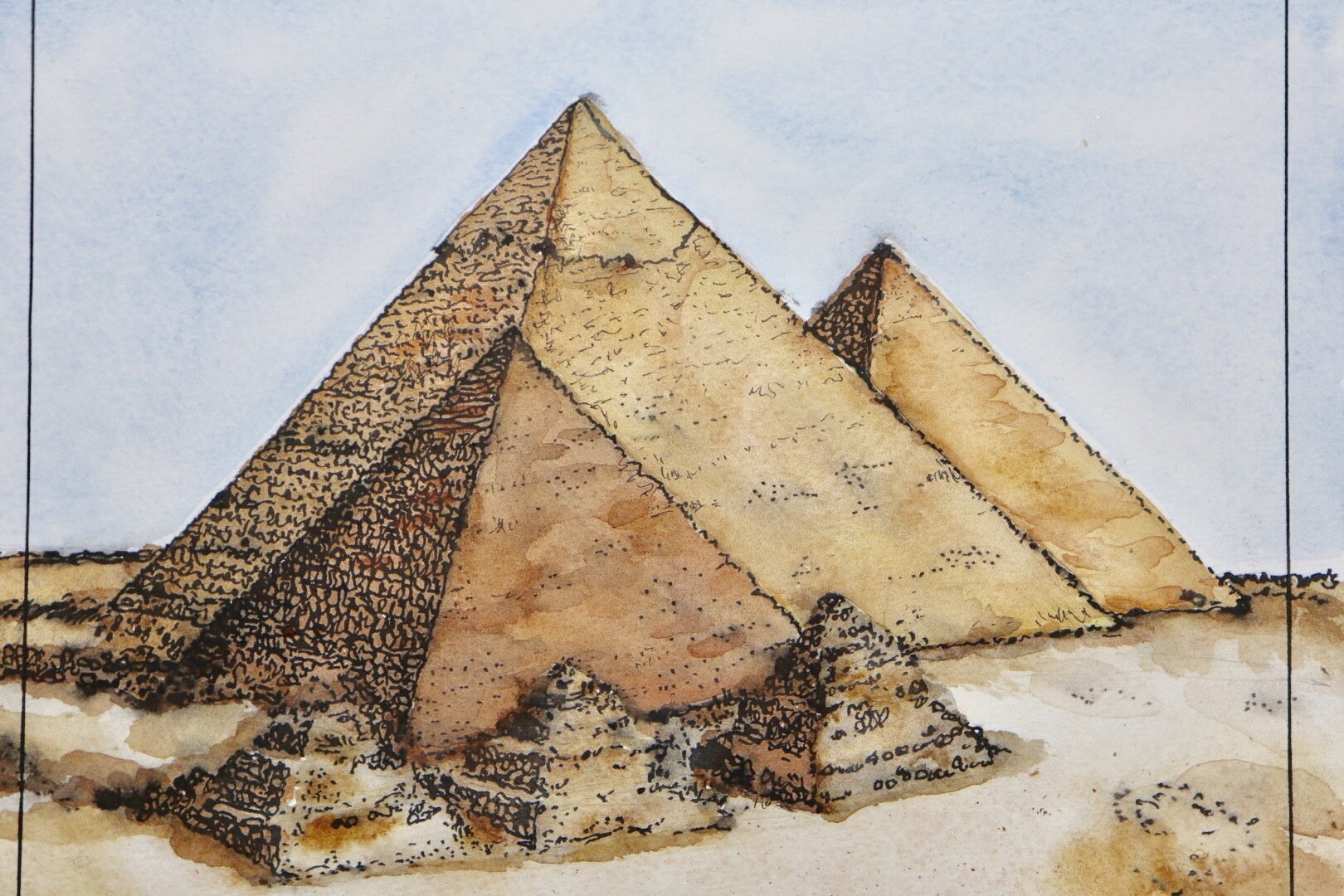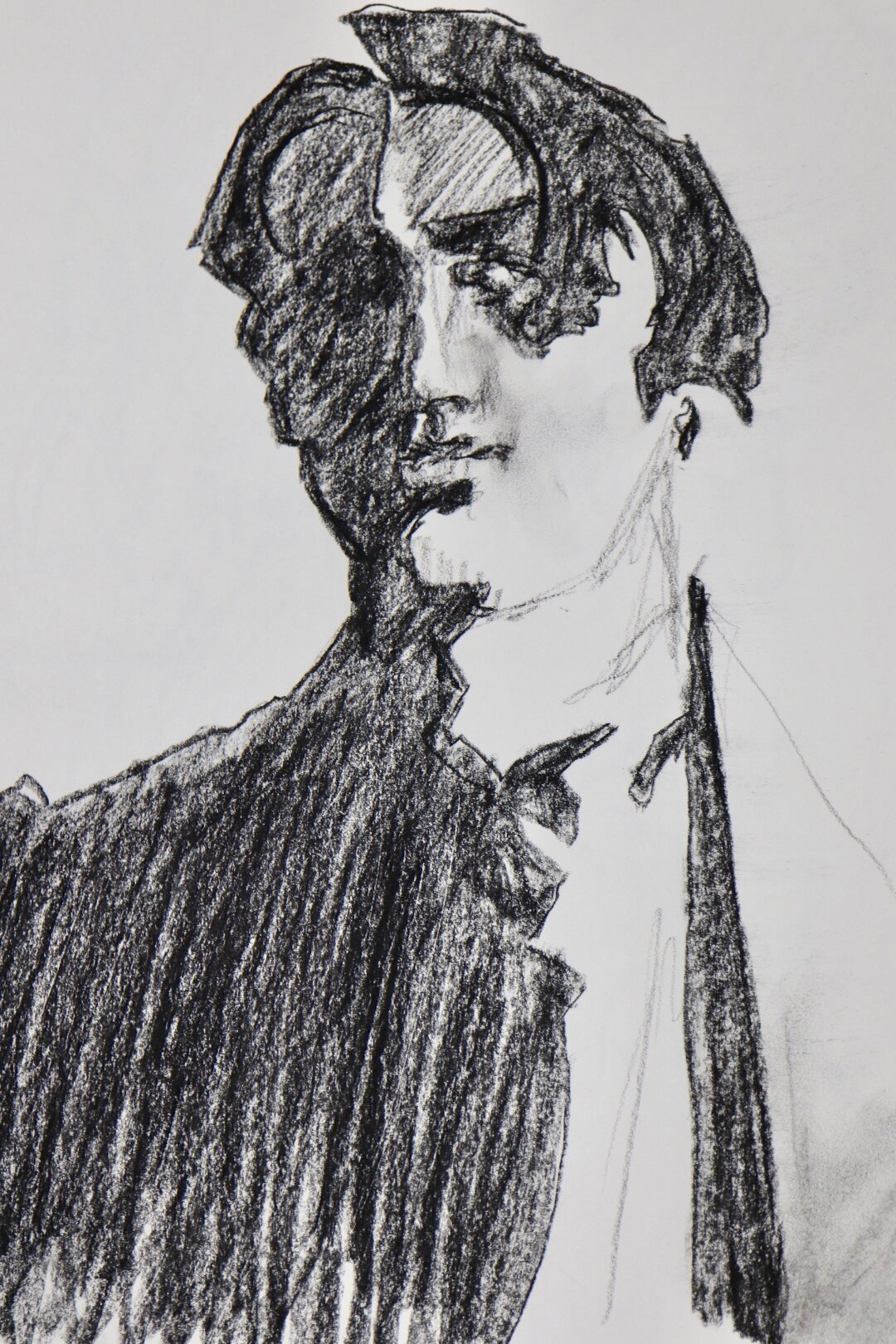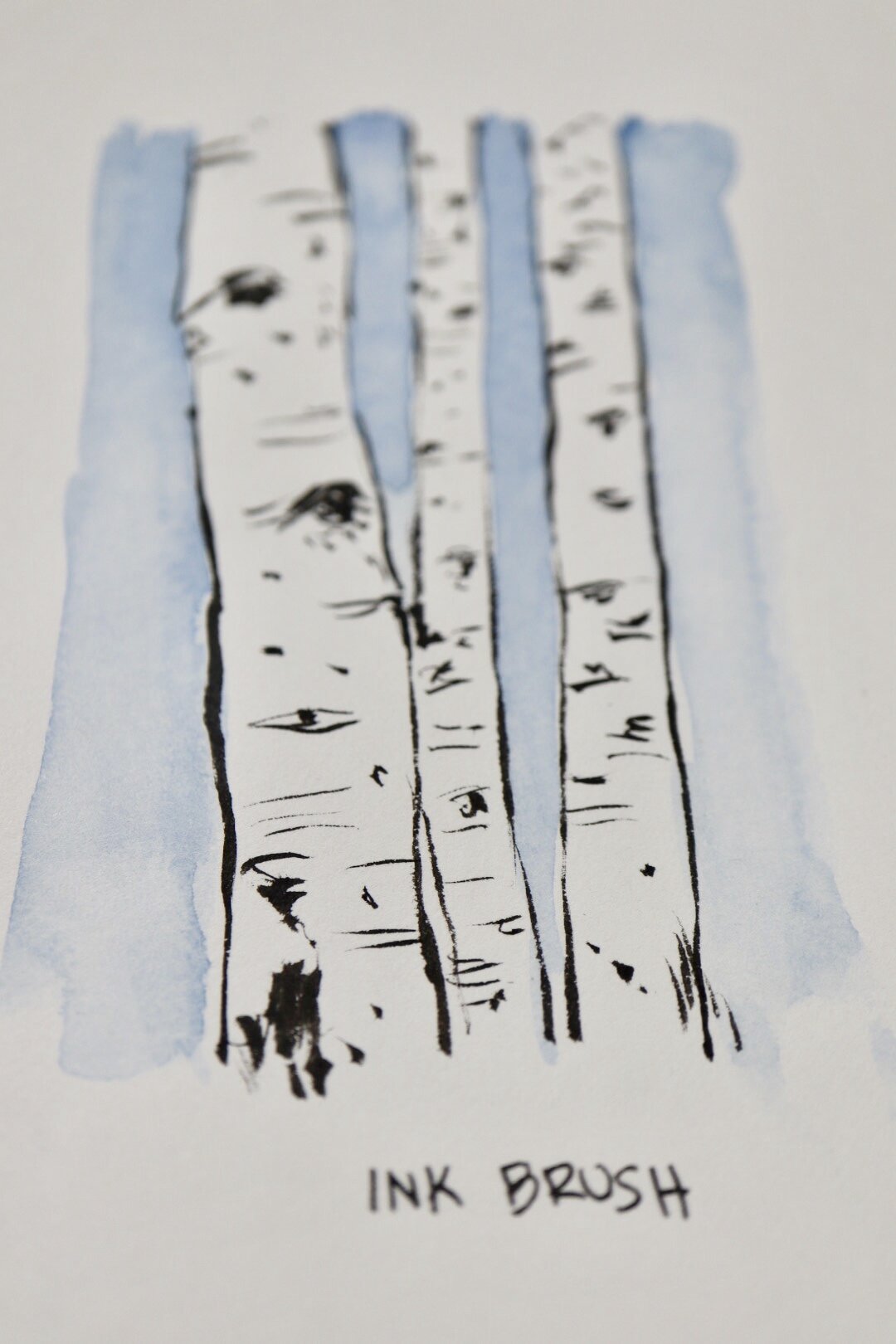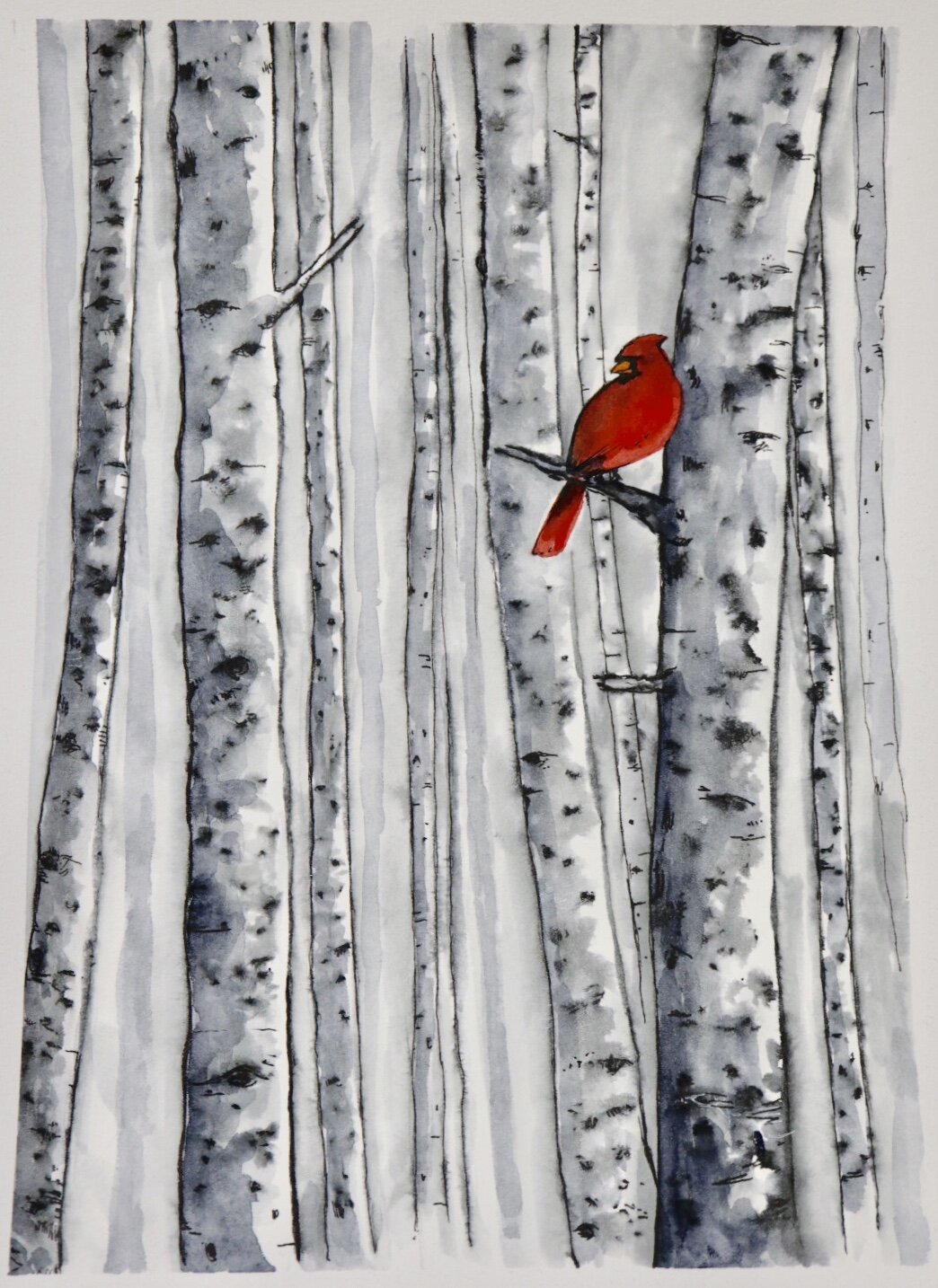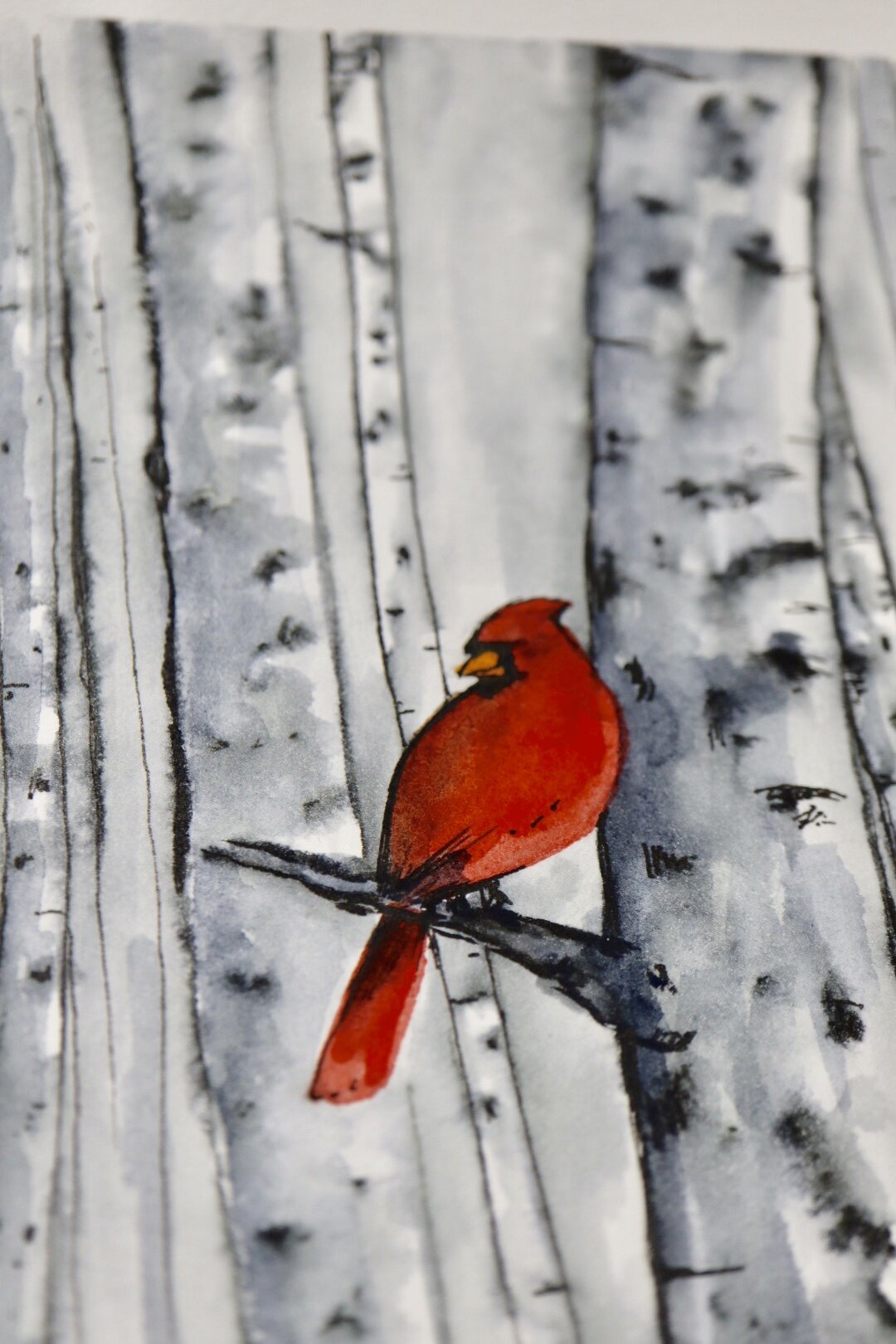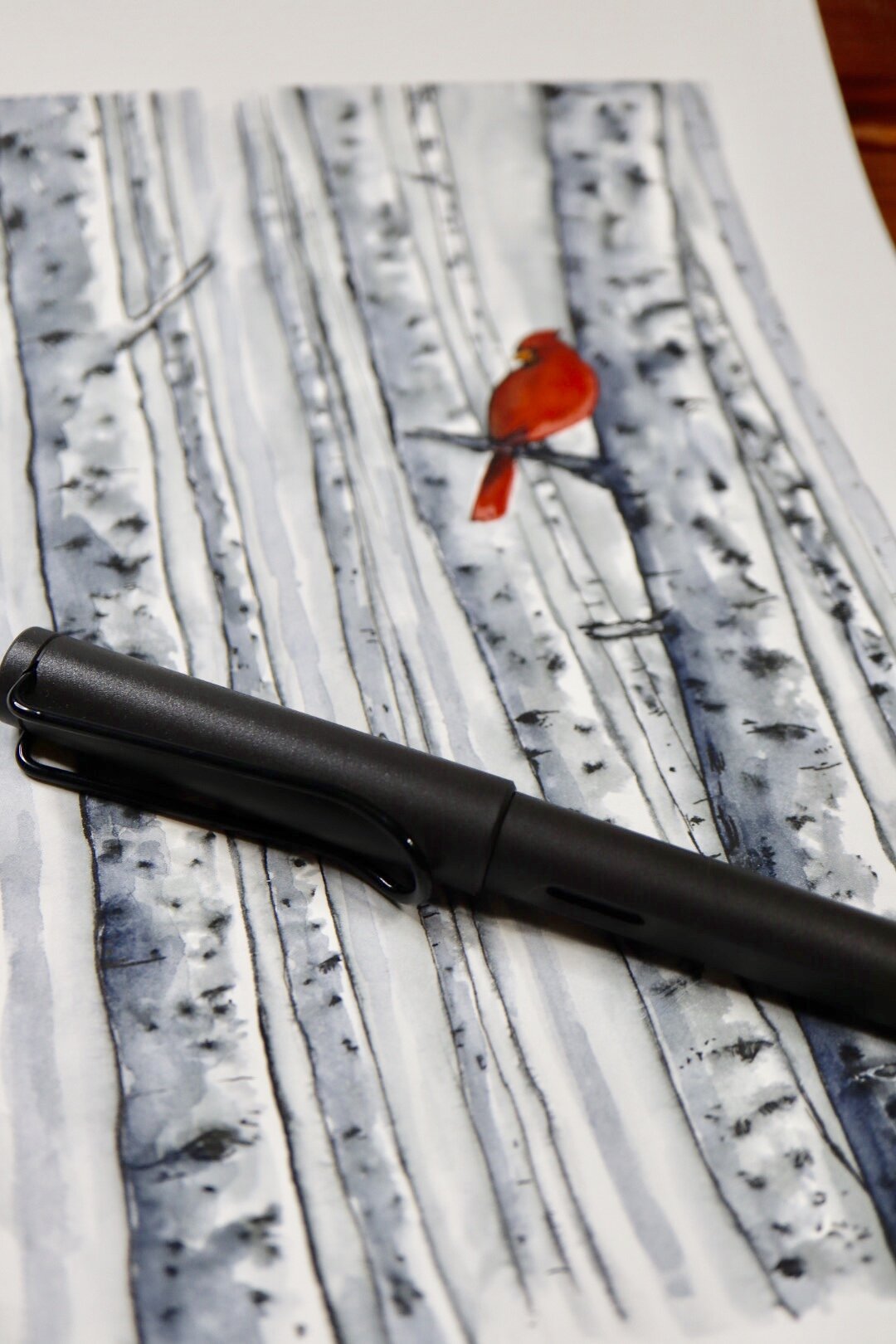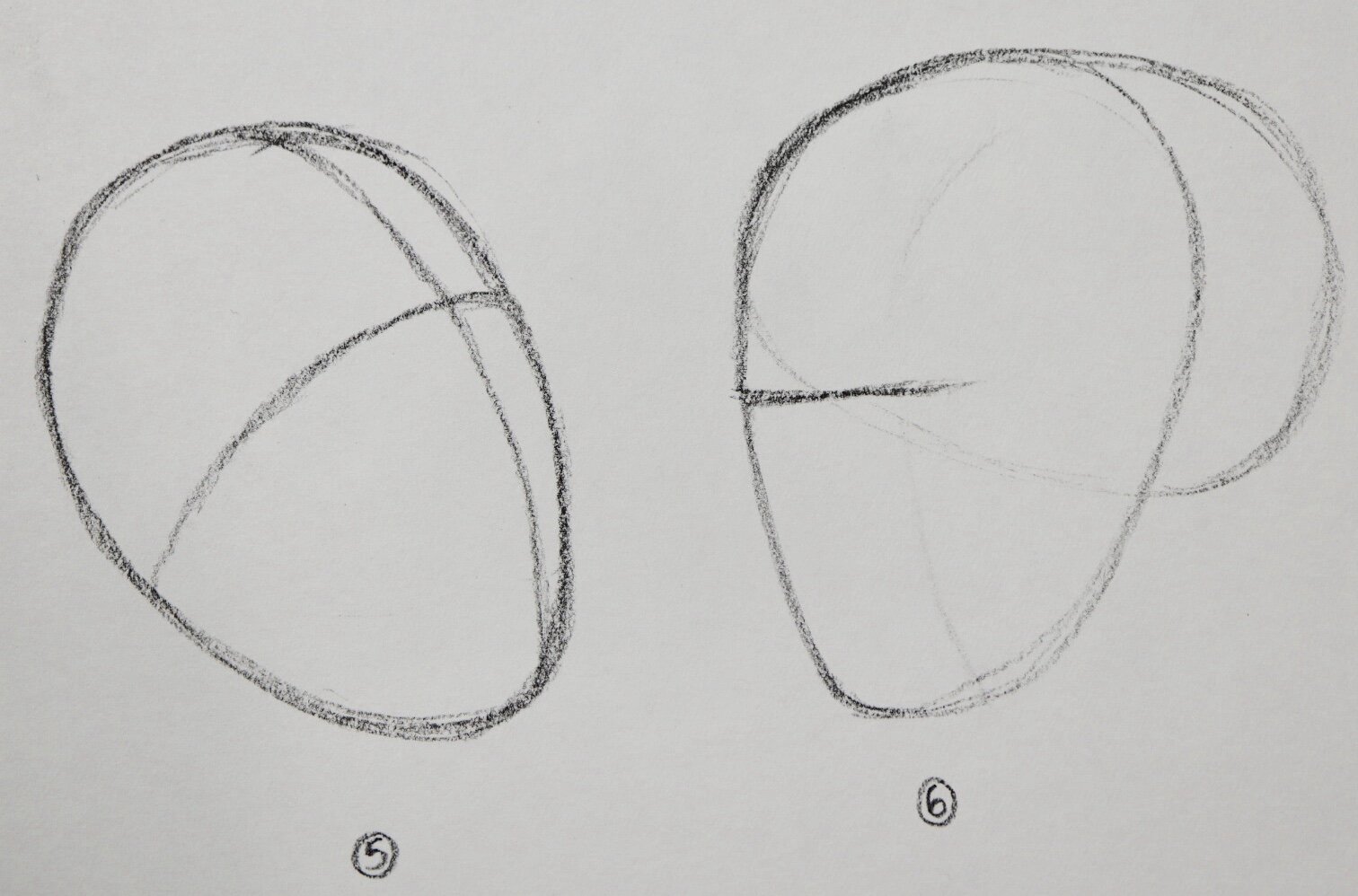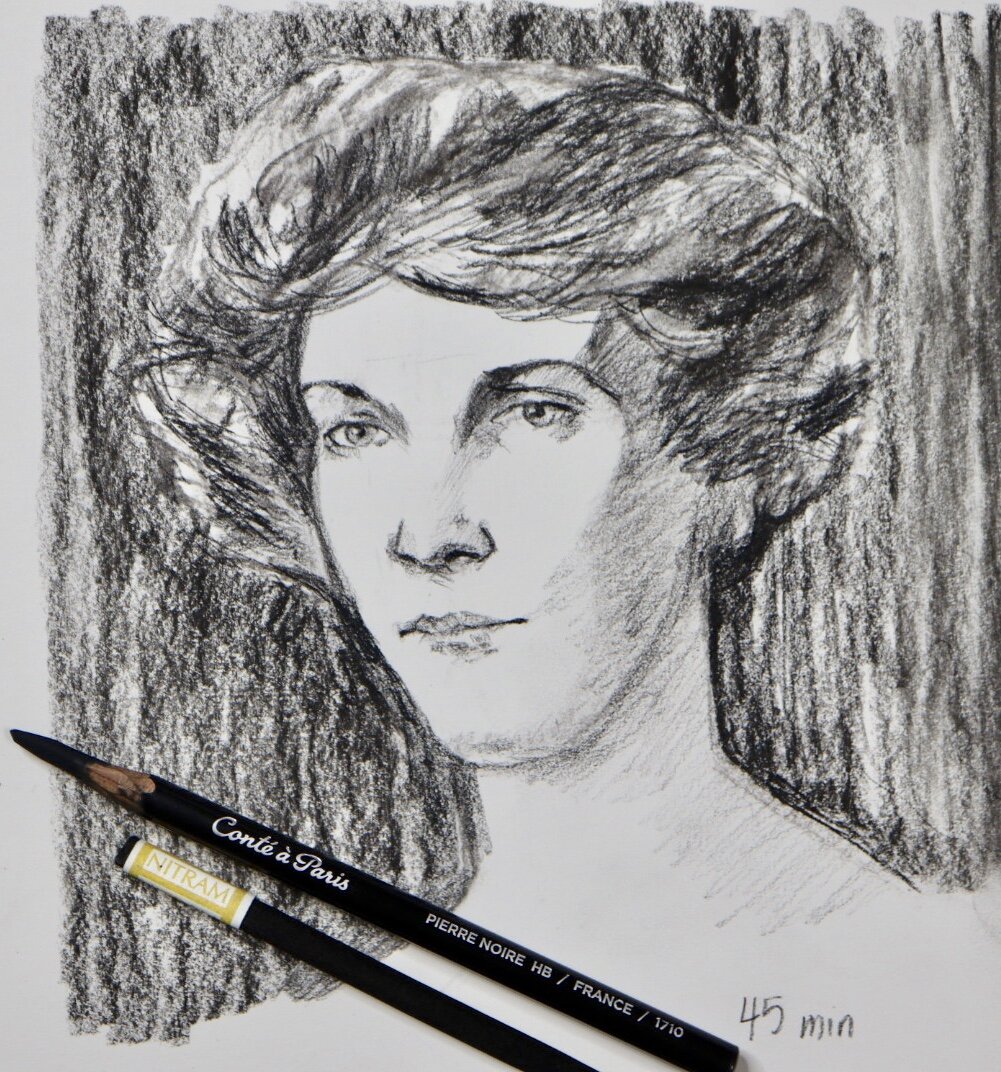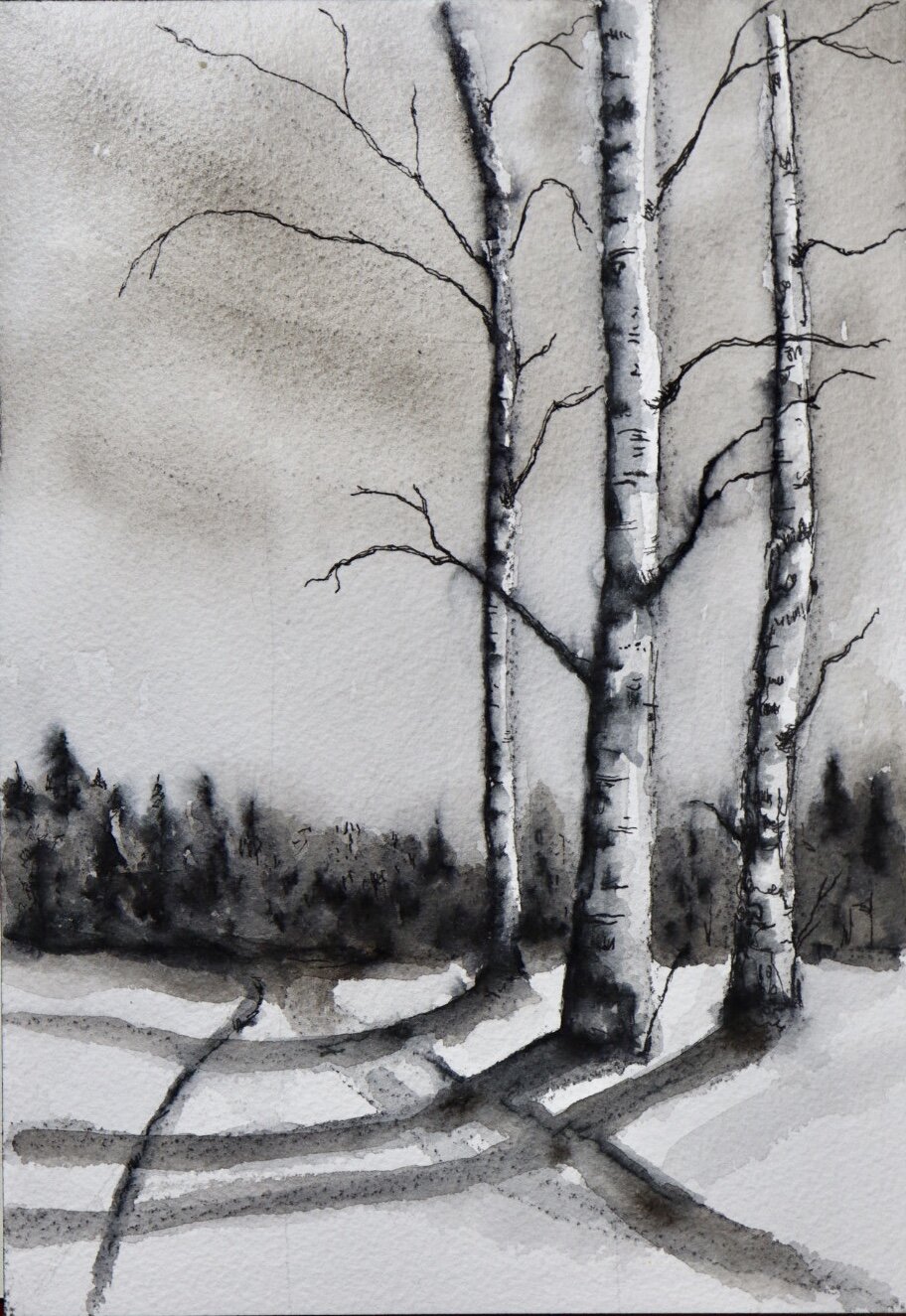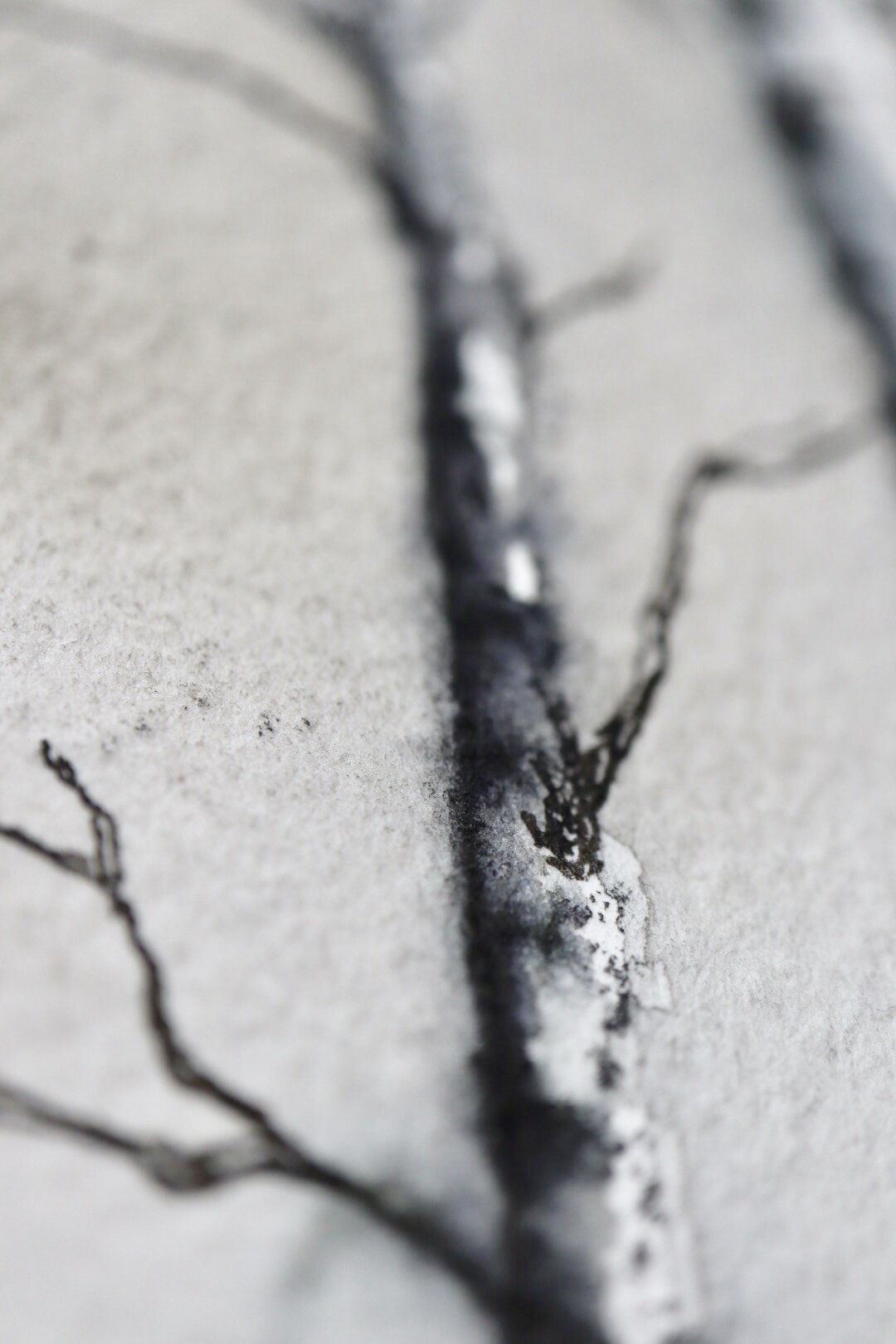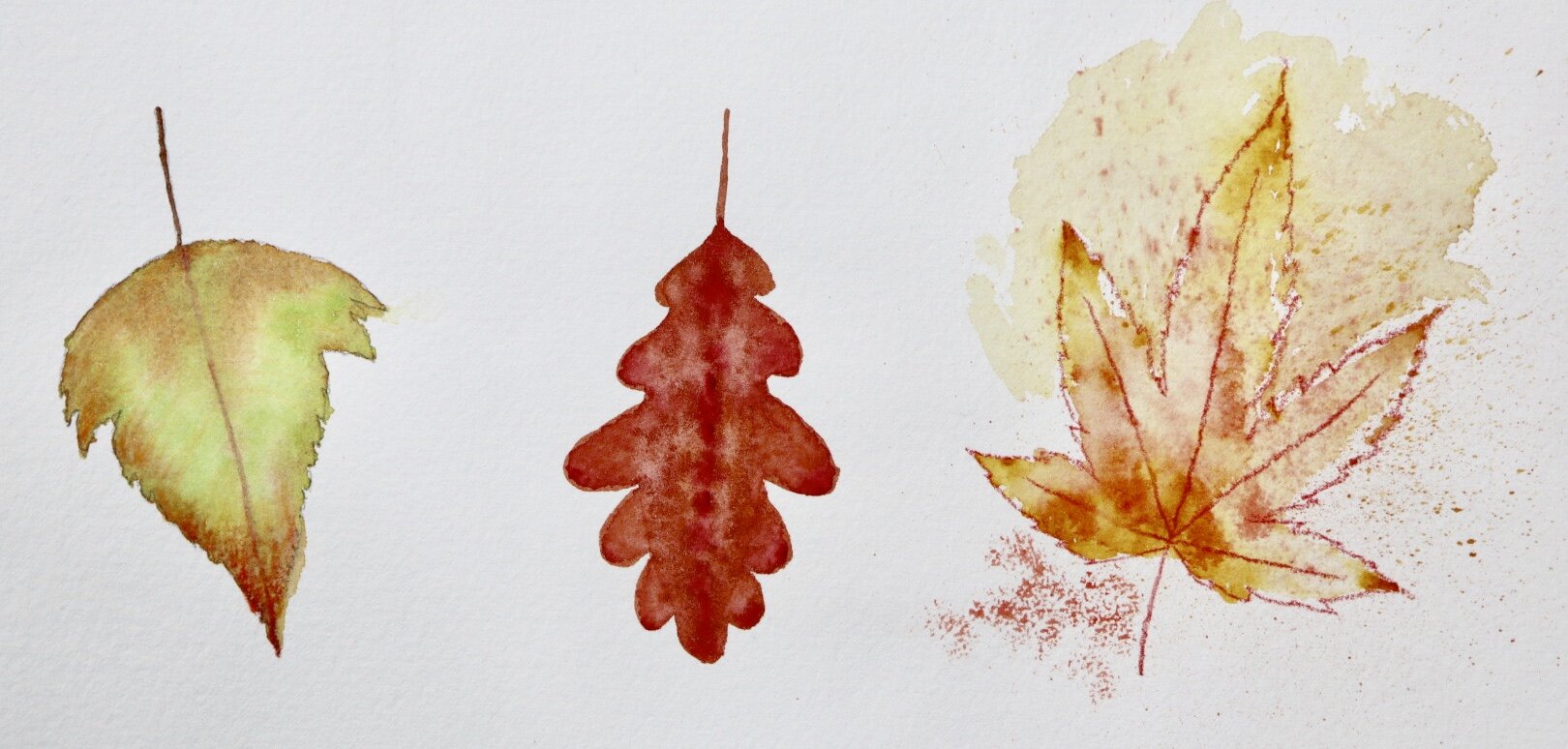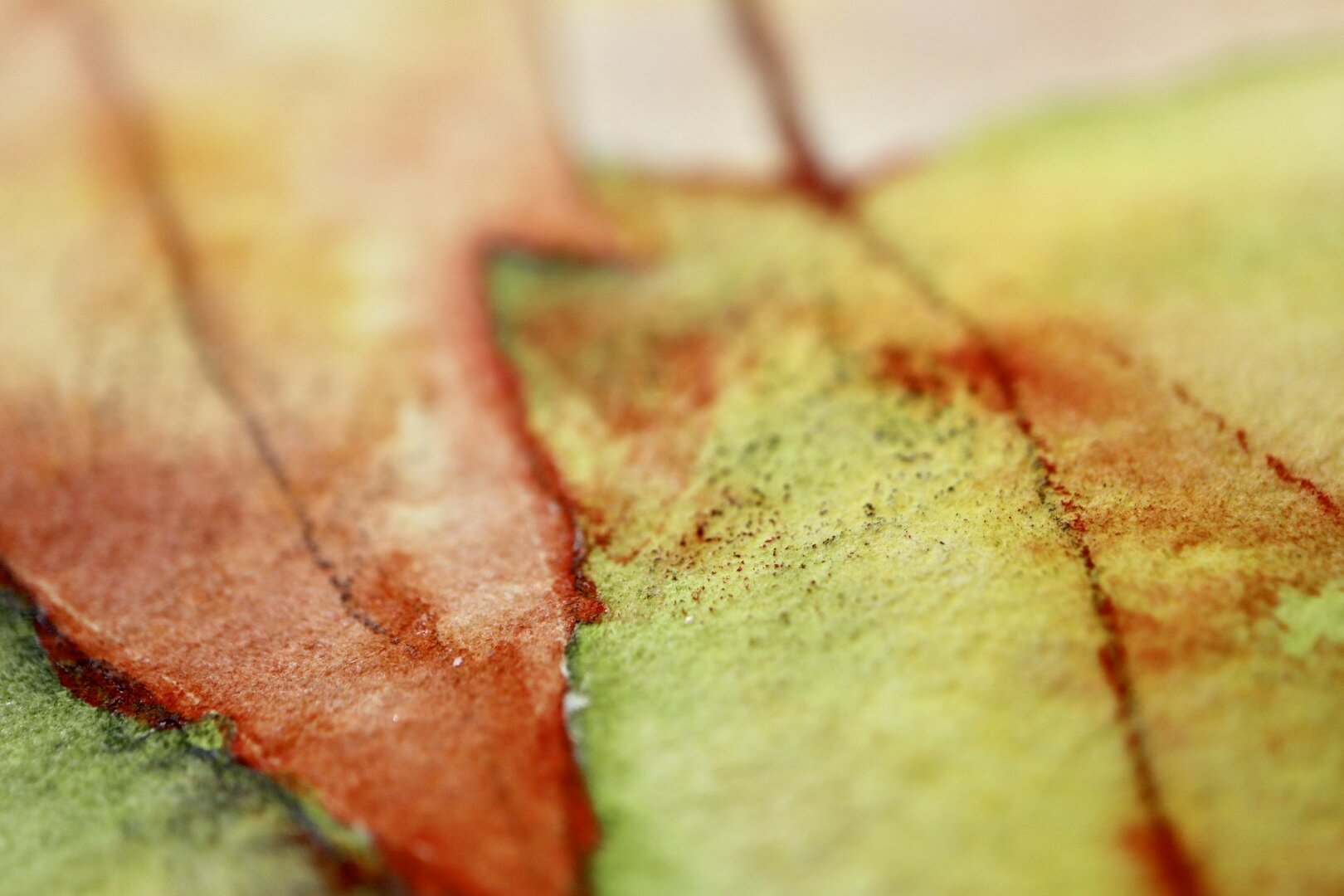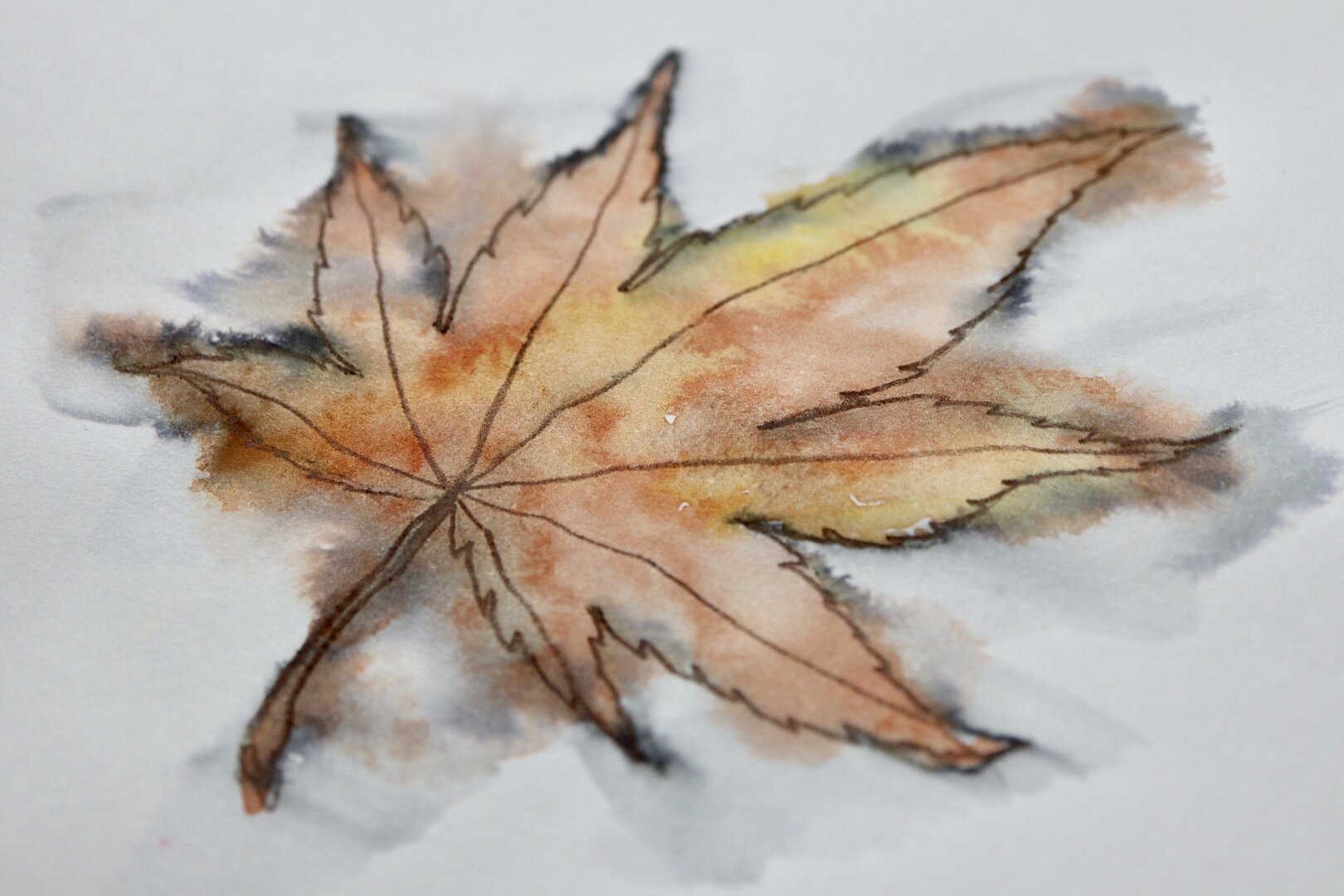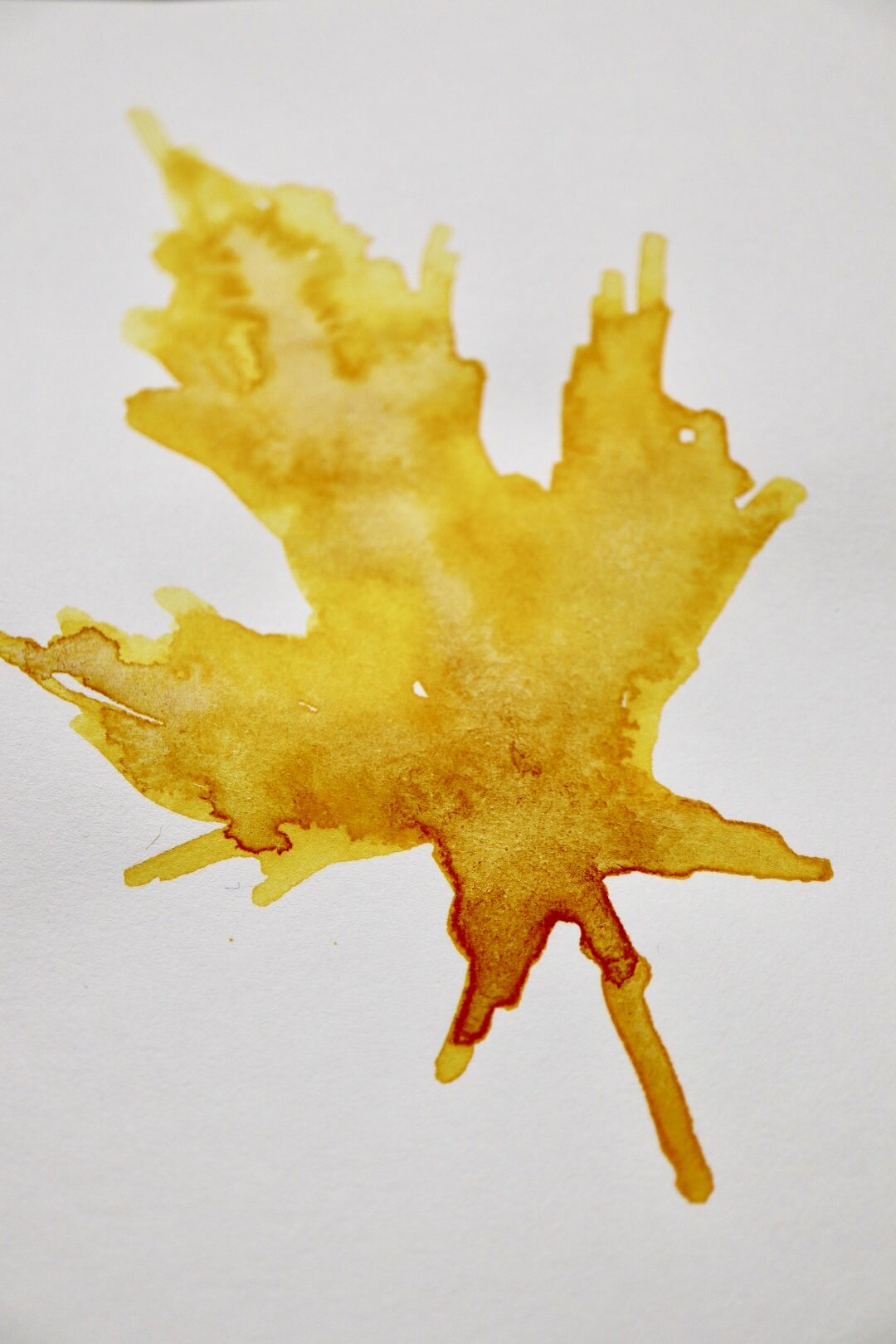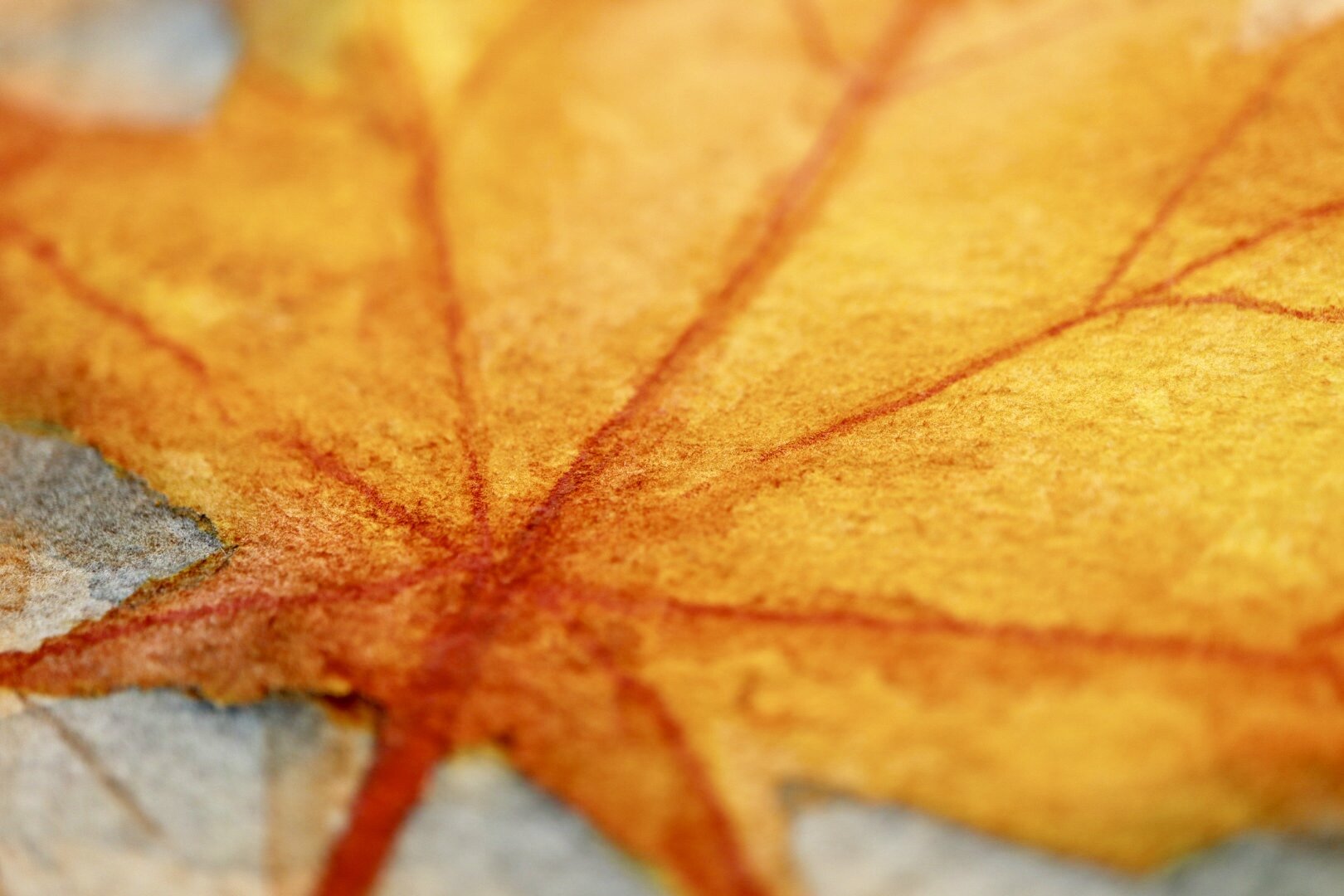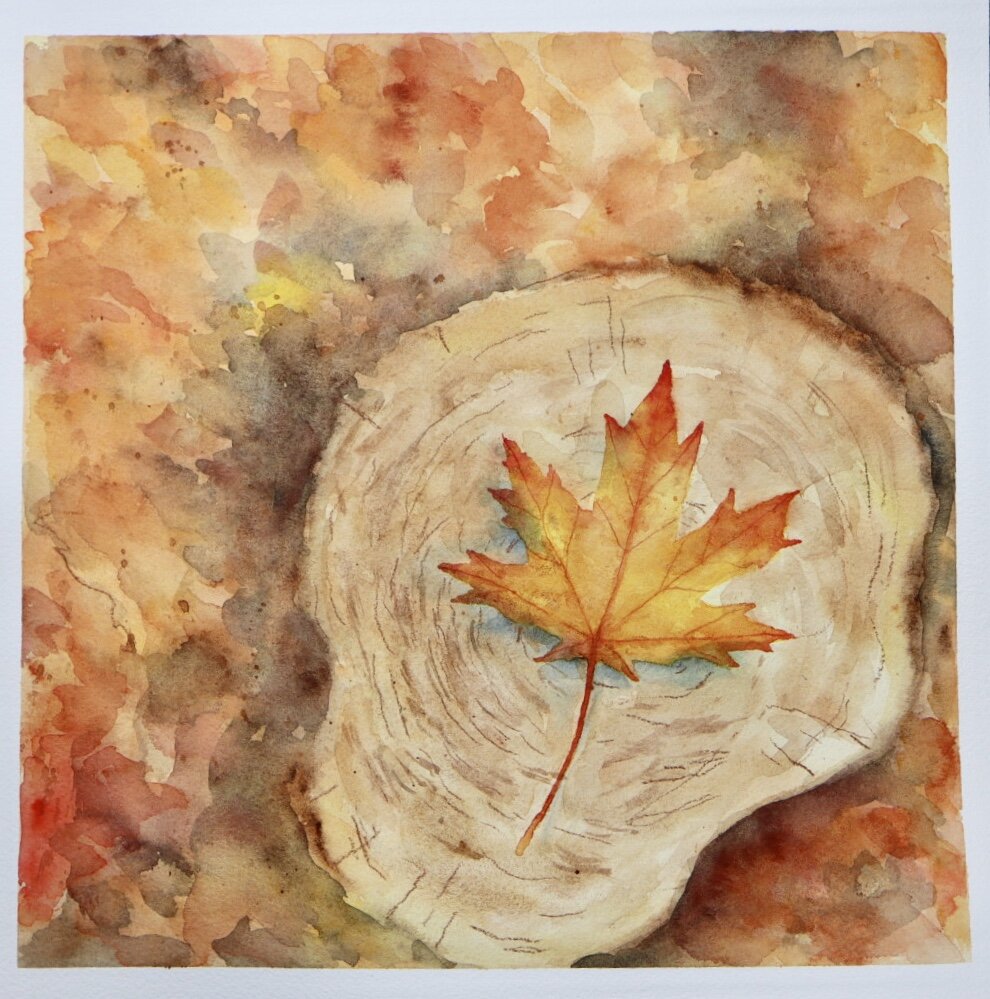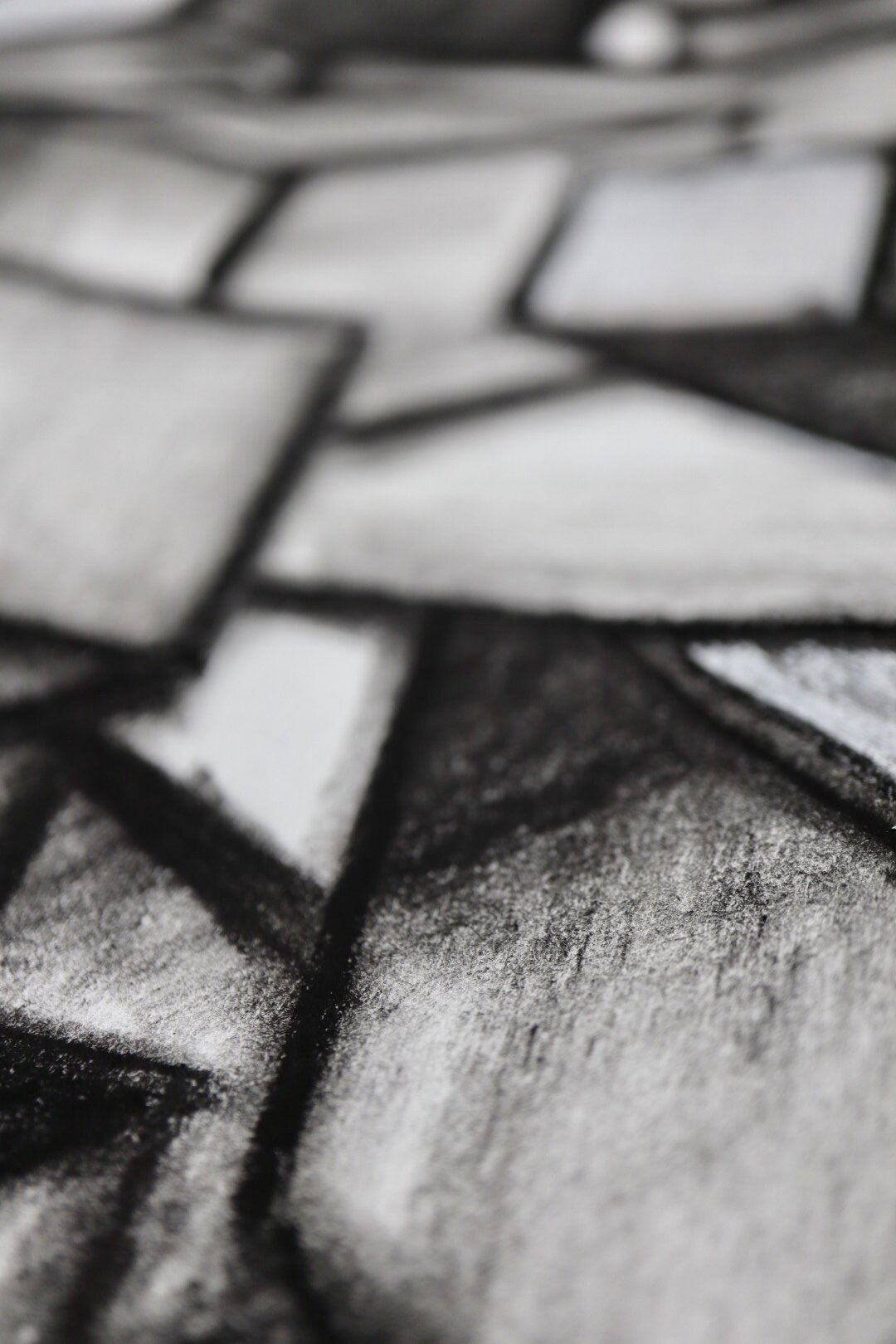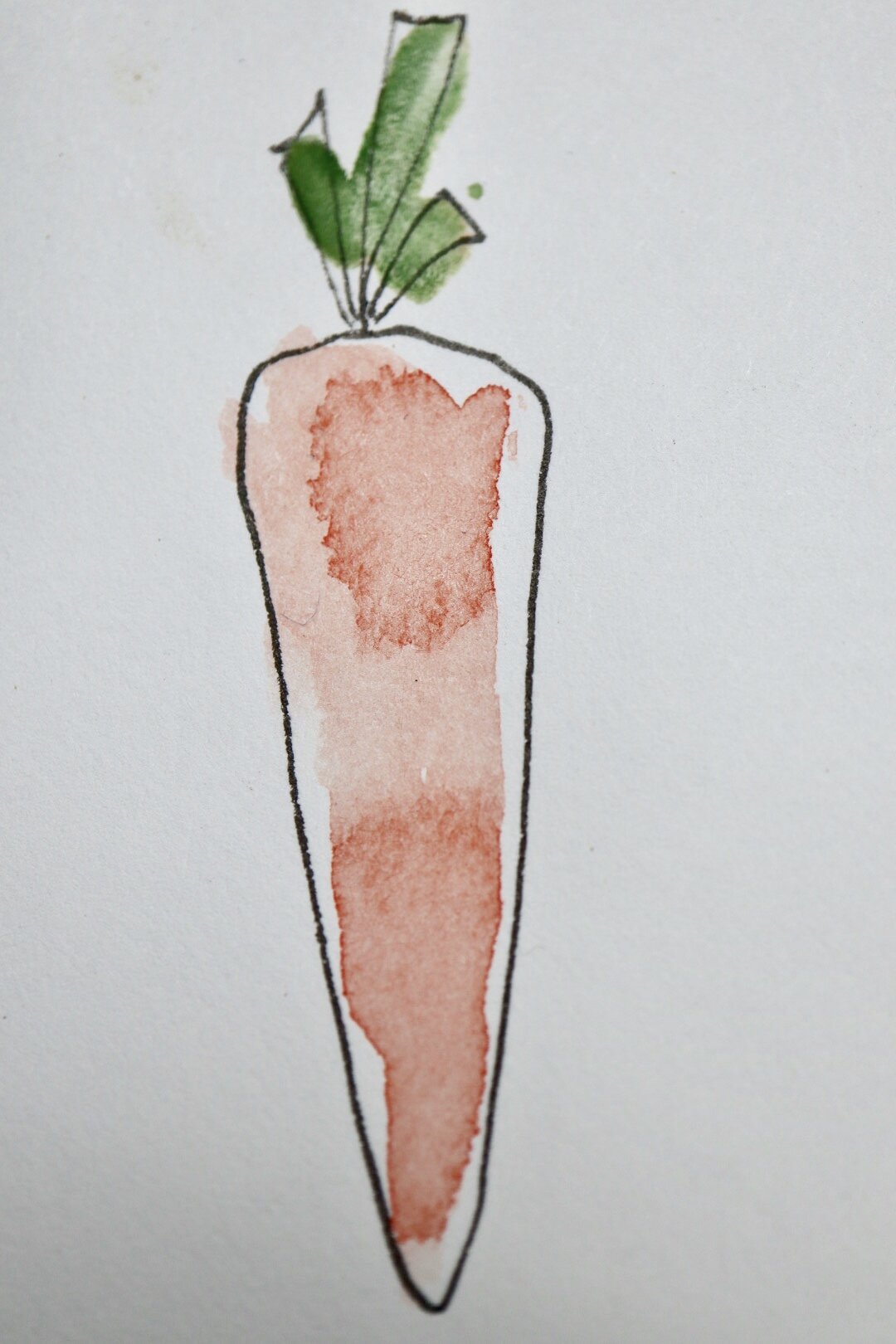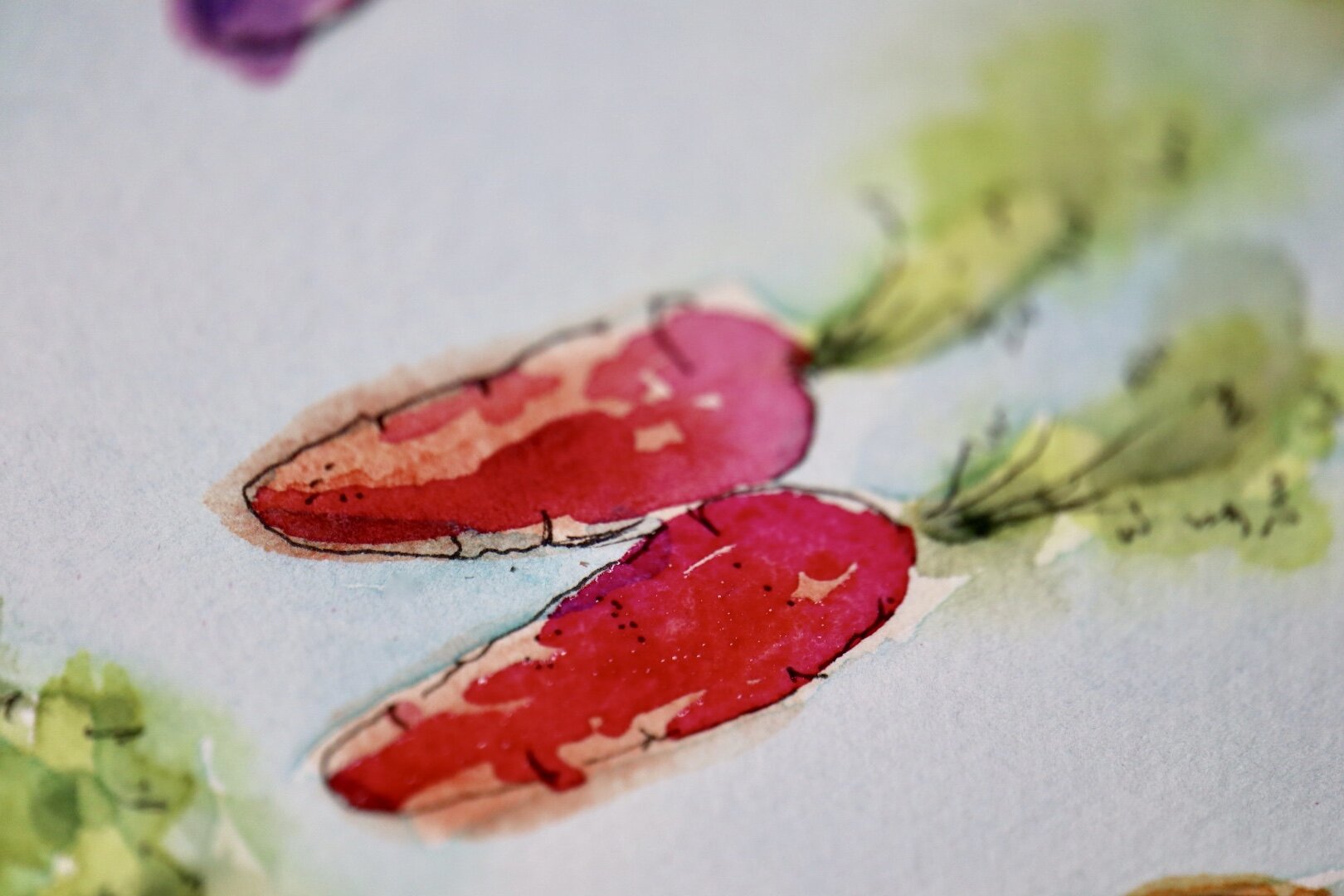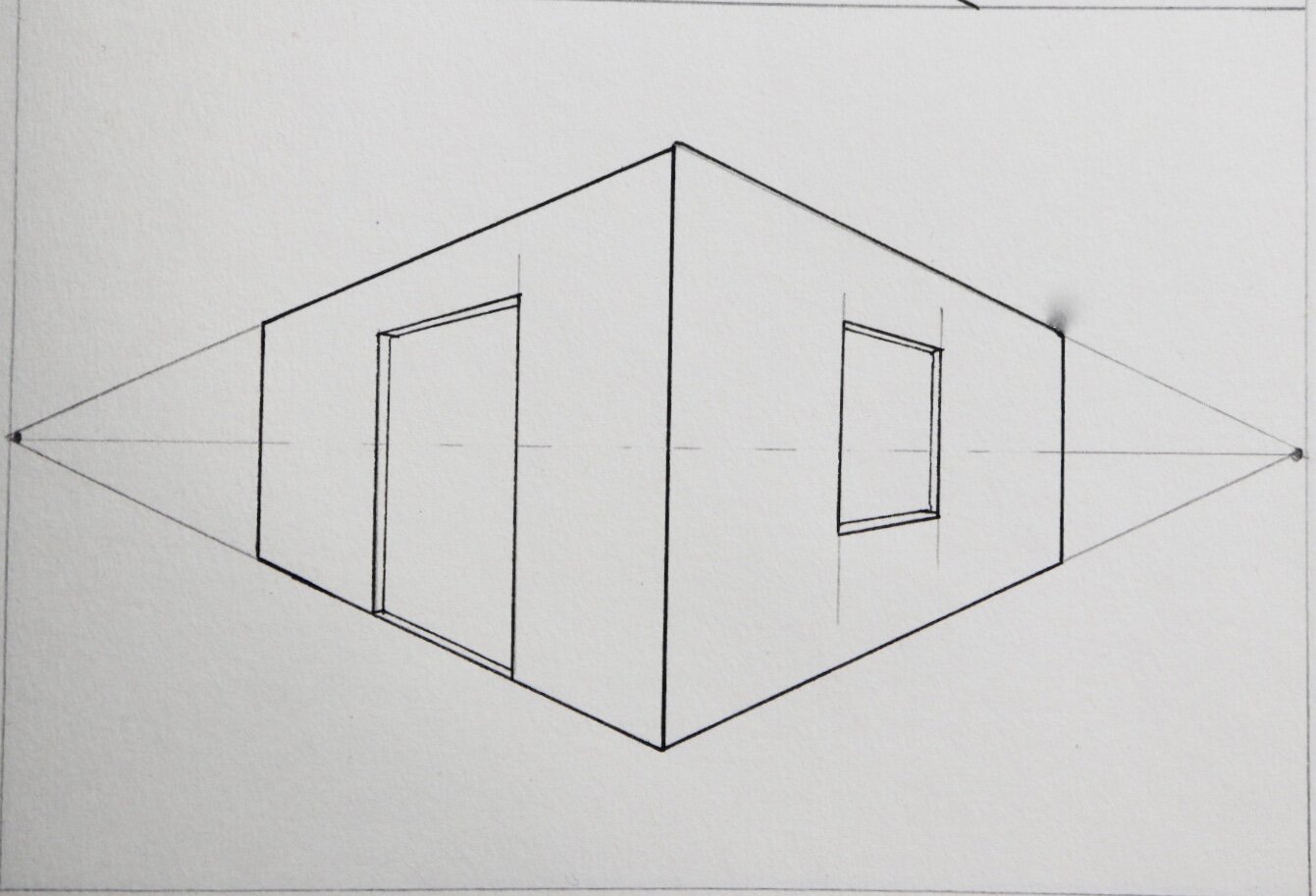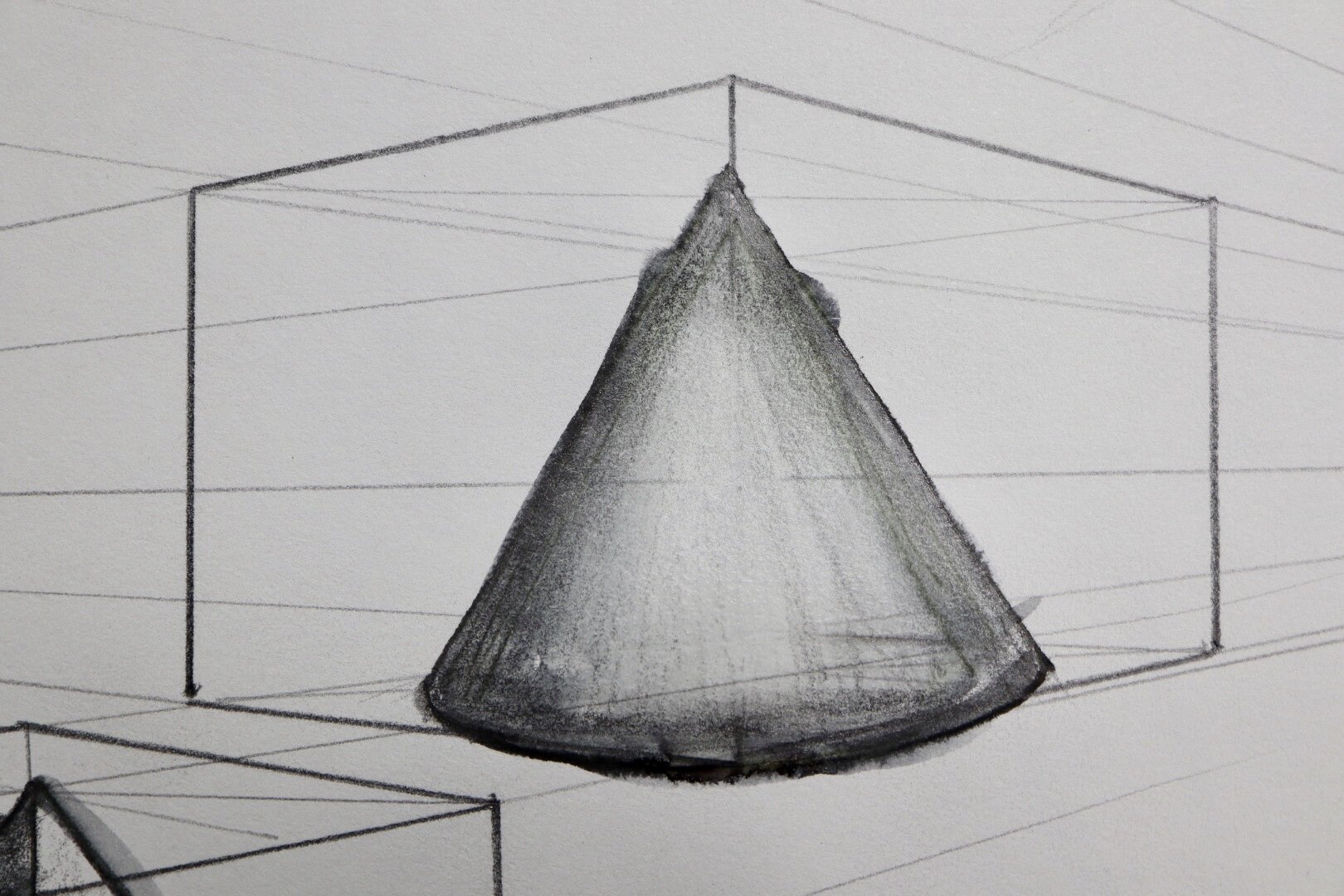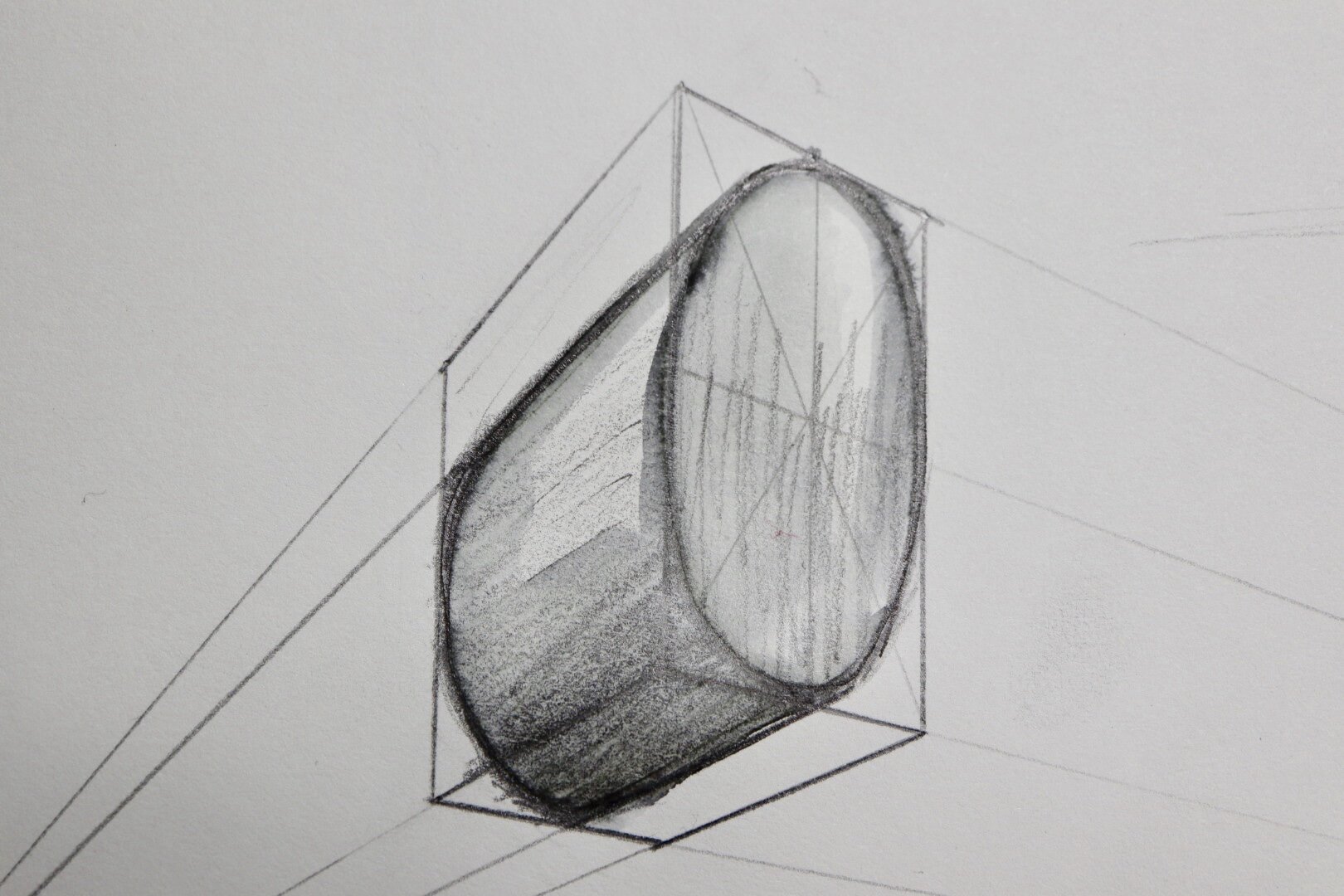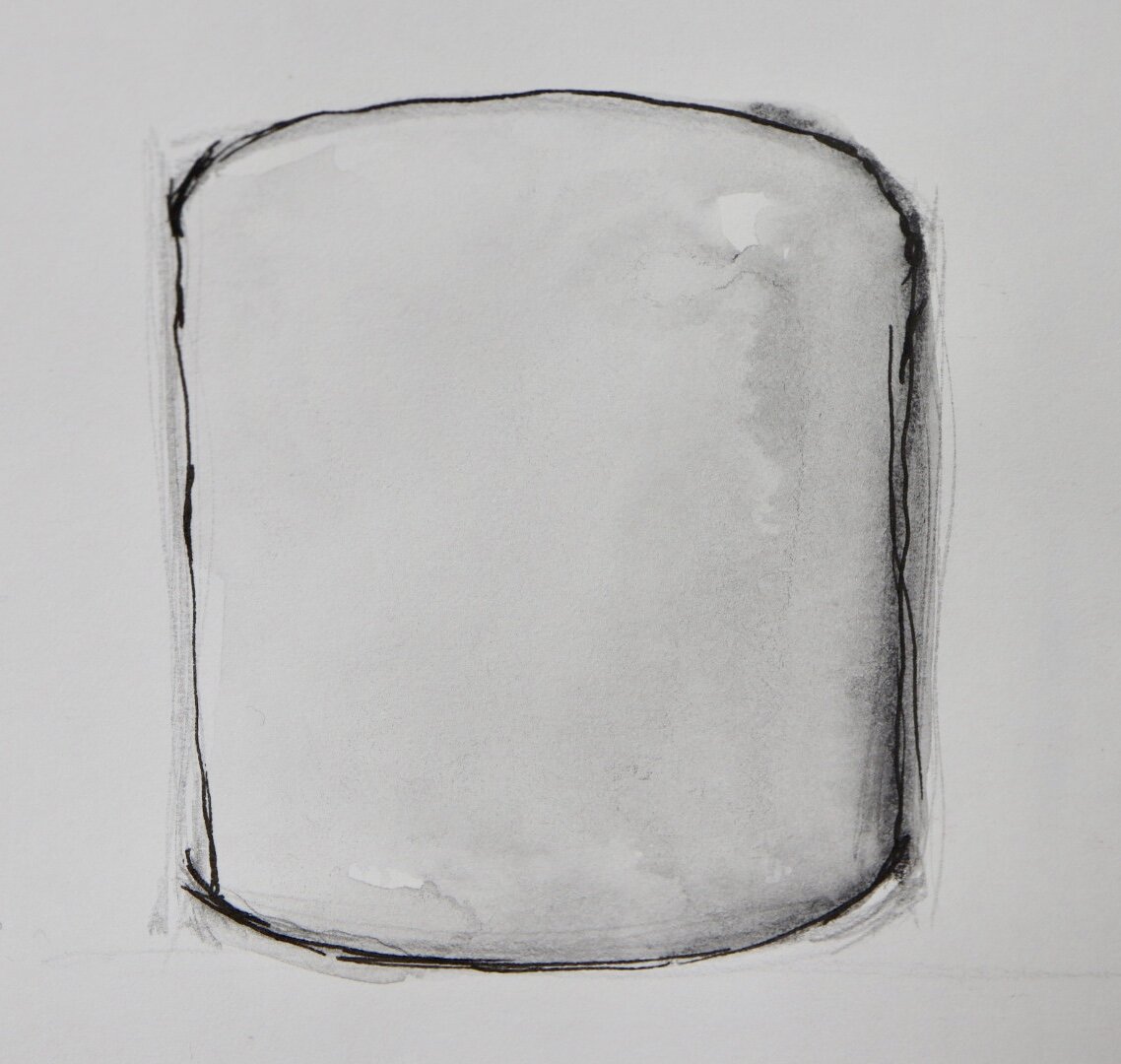First concept is Line Direction. Understanding the angle and direction of your lines to create realistic patterns comes only through observation.
Second key concept is Length. The variety of lengths in your patterns will give your drawing more visual interest as shown in image 3 and 4.
A third key concept is Density. The number of layers and the space between your lines will give your drawing light, shadow and form. Having a good sense of density and saturation takes your drawings to a whole new level.
Finally, what I think is the most important factor - Speed. The pace you develop to create your hatching can work in so many ways. When speeding up you can create gesture or movement but, for most forms and textures you have to be consistent and show patience. Keep an eye on your speed and find your pace.





